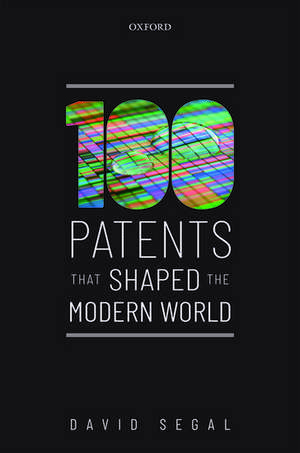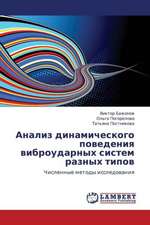One Hundred Patents That Shaped the Modern World
Autor David Segalen Limba Engleză Hardback – 17 apr 2019
Preț: 342.77 lei
Nou
Puncte Express: 514
Preț estimativ în valută:
65.60€ • 68.23$ • 54.15£
65.60€ • 68.23$ • 54.15£
Carte tipărită la comandă
Livrare economică 02-08 aprilie
Preluare comenzi: 021 569.72.76
Specificații
ISBN-13: 9780198834311
ISBN-10: 0198834314
Pagini: 242
Ilustrații: 70 grayscale line and 1 grayscale halftone illustrations
Dimensiuni: 165 x 239 x 19 mm
Greutate: 0.54 kg
Editura: OUP OXFORD
Colecția OUP Oxford
Locul publicării:Oxford, United Kingdom
ISBN-10: 0198834314
Pagini: 242
Ilustrații: 70 grayscale line and 1 grayscale halftone illustrations
Dimensiuni: 165 x 239 x 19 mm
Greutate: 0.54 kg
Editura: OUP OXFORD
Colecția OUP Oxford
Locul publicării:Oxford, United Kingdom
Recenzii
Segal is not afraid to include equations and structural formulae where they add clarity. His approach is chronological, thus we have the board game Monopoly (1935) and the photocopying method of xerography (1940) sandwiching polythene (1937) and nylon (1938), and later, the polyamide Kevlar (1972) between the computer mouse (1970) and Post-it notes (1972).
Notă biografică
After graduating with a degree in natural sciences from Trinity Hall at Cambridge University, David Segal obtained an M.Sc. in surface chemistry and colloids with commendation at Bristol University and a Ph. D in foaming in lubricating oils at the same university. Postdoctoral work was carried out at Brunel University on the surface chemistry of organic pigments. He has worked for the UK Atomic Energy Authority at the Harwell Laboratory, AEA Technology, and Coller IP management. Segal maintained interests in materials chemistry and patent literature in his working life. He is an author or co-author of over 40 scientific papers, and an inventor or co-inventor of over 25 patent families. Examples of his interests include high-temperature ceramic superconductors, gas-to-liquid technology for the preparation of synthetic diesel, and ceramic nanofiltration membranes. He has analysed patent portfolios including three-dimensional printing, light-emitting diodes and medical devices.



























